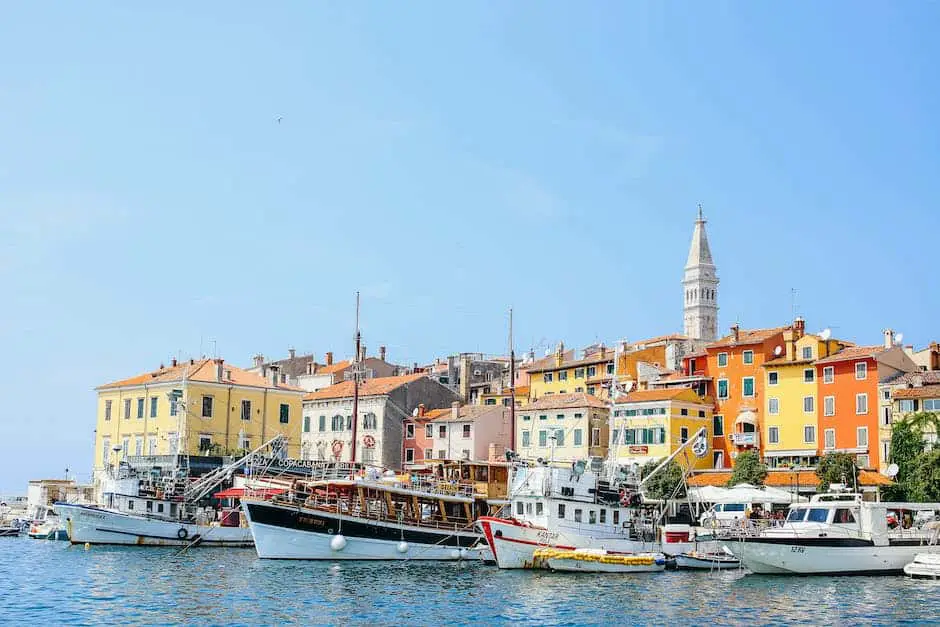
Imagine strolling through the winding streets of Genoa, where every corner whispers tales of the past, and every building is a canvas showcasing centuries of architectural evolution. Genoa, a city that has stood the test of time, offers a mesmerizing blend of history and modernity, especially evident in its parks and buildings. Let’s embark on a journey through the architectural timeline of this Italian marvel, exploring how it has shaped the city’s identity.
Genoa’s architecture is a testament to its storied past. From the grandeur of the Renaissance to the innovations of modern design, the city’s buildings reflect a rich tapestry of styles and influences. The parks of Genoa, with their lush landscapes and historic structures, serve as open-air museums, narrating the city’s evolution through their very design.
One can’t help but marvel at the splendor of Villa Durazzo Pallavicini, a park that’s a living piece of art. Its eclectic mix of romantic, English, and classical styles is a perfect example of Genoa’s architectural diversity. The park’s design, with its exotic plants and ornate buildings, transports visitors to a bygone era, making it a must-see for anyone interested in the city’s architectural heritage.
As we delve deeper into Genoa’s architectural journey, we’ll uncover the layers of history that have contributed to its unique skyline. From the medieval Old Town with its narrow alleys to the elegant UNESCO-listed palaces of Strada Nuova, each era has left an indelible mark on the city’s fabric.
The Middle Ages saw the rise of Genoa as a maritime power, and this period’s architecture was dominated by defensive structures. The robust walls and towers, like the famous Torre della Lanterna, were built to protect the city from invaders. These fortifications, though utilitarian, have a rugged beauty that speaks volumes about the resilience of Genoese society.
Moving forward to the Renaissance, Genoa experienced a cultural rebirth. Wealthy families commissioned grand palaces and lavishly decorated churches, showcasing their power and sophistication. The Rolli Palaces, a series of opulent residences, exemplify this era’s love for art and beauty. Their ornate facades and sumptuous interiors are a feast for the eyes, reflecting the city’s prosperity during this time.
The Baroque period brought a new wave of extravagance to Genoa’s architecture. Churches like the Basilica della Santissima Annunziata del Vastato, with their intricate stucco work and dramatic use of light and shadow, are prime examples of this theatrical style. The Baroque influence extended to the city’s parks as well, where sculpted gardens and elaborate fountains became symbols of luxury and leisure.
As we transitioned into the 19th and 20th centuries, Genoa embraced modernity while honoring its past. The city’s expansion led to the creation of new neighborhoods with a mix of Art Nouveau, Liberty, and Rationalist buildings. Architects like Renzo Piano, a native son, have continued to push the boundaries with contemporary masterpieces like the Biosphere in the Porto Antico area.
Genoa’s parks have also evolved, with newer green spaces like the Parco della Villetta Di Negro integrating modern design elements while offering panoramic views of the historical cityscape. These parks serve as urban oases, blending nature with the architectural heritage that surrounds them.
Now, let’s address some frequently asked questions:
1. How has Genoa’s maritime history influenced its architecture?
Genoa’s maritime heritage is deeply ingrained in its architecture. The city’s strategic port location necessitated the construction of robust defensive structures, while the wealth accumulated through trade financed the opulent palaces and churches that dot the cityscape.
2. Can you visit the Rolli Palaces?
Yes, many of the Rolli Palaces are open to the public, either as museums or cultural institutions. They often participate in the Rolli Days event, where private palaces usually closed to the public open their doors for a weekend.
3. What modern architectural works can be found in Genoa?
Modern architectural works in Genoa include Renzo Piano’s Biosphere, the Bigo Lift, and the Genoa Aquarium. These contemporary structures have become iconic landmarks, showcasing the city’s commitment to innovative design.
In conclusion, Genoa’s architecture is a rich mosaic of styles, each layer telling a story of the city’s past and present. From the medieval fortifications to the modernist landmarks, Genoa’s buildings and parks are a testament to its enduring spirit and cultural vitality. As you wander through its streets and green spaces, you’re not just observing buildings; you’re witnessing the living history of a city that has gracefully danced through time, adapting and evolving while never losing sight of its heritage. And that, my friends, is the true beauty of Genoa’s architecture.